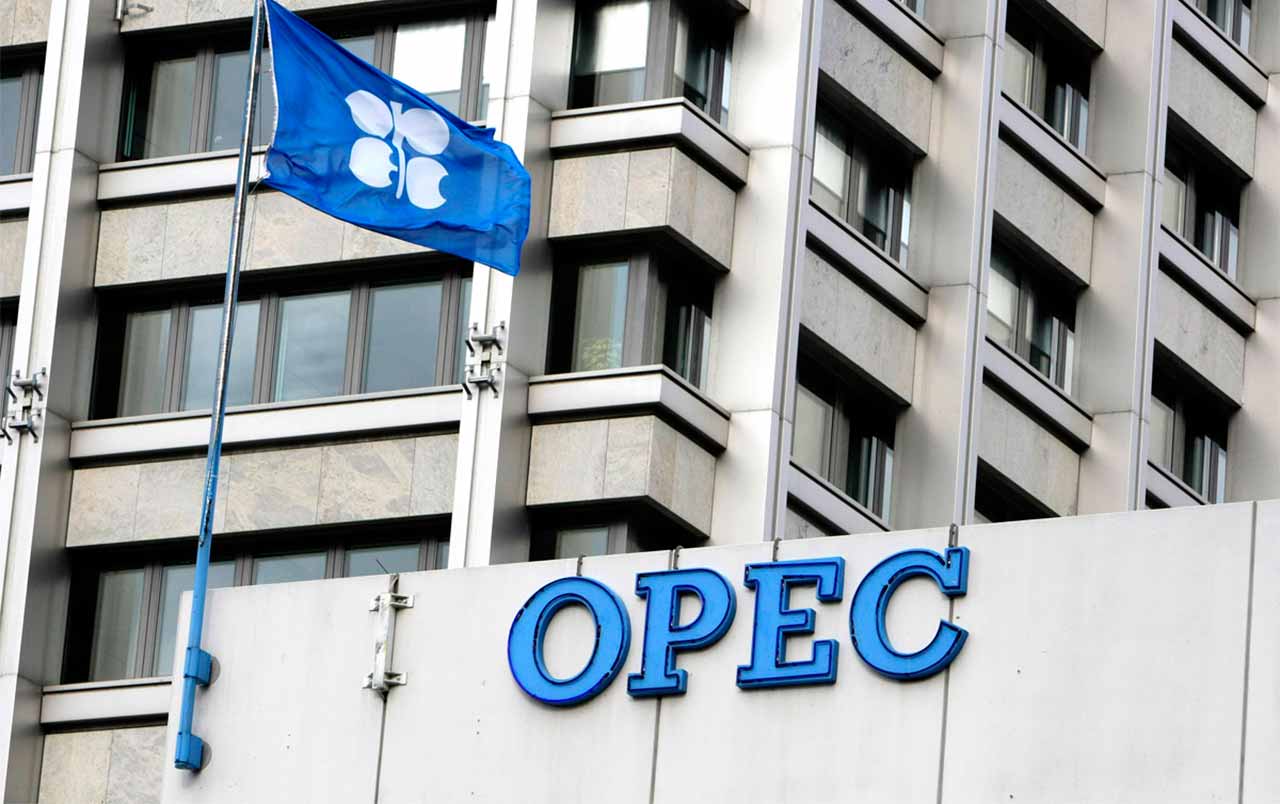-

-
Wikirise.com Advertise with Us HereStats: 4,694 members, 37,018 Posts
Number of Comments : 2,630
Date: Thursday, 18th April 2024
OPEC sees higher oil demand until 2045, warns of supply uncertainty
By Essang Michael - November 1, 2022 | Categories: BusinessTags: Economy
Share this post:

The Organisation of the Petroleum Exporting Countries (OPEC) has projected that the global oil demand is set to jump by 13 million barrels per day between 2021 and 2045, revising its previous projection upward, the organisation revealed in its World Oil Outlook(WOO) report yesterday.
The cartel, however, warned of significant uncertainty surrounding the longer-term supply picture because of “major risks to the economic outlook, high inflation, energy policy goals being confronted with energy security challenges and questions regarding a perceived shortfall in upstream investment, all coupled with persisting and new geopolitical risks”.
According to the report, oil demand is set to grow from 96.9 million barrels per day in 2021, to 109.8 million barrels per day in 2045. However, OECD oil demand will be on a downward trend after 2024, falling by 11 million barrels per day between 2021 and 2045. Meanwhile, non-OECD demand is expected to increase by 23.6 million barrels per day for the corresponding time frame.
Specifically, OPEC expects the pace of oil demand growth to slow down markedly in the longer term, with an average increase of just 200,000 b/d each year in 2030-35 and after that “a relatively long period of plateauing”. It forecasts global demand at 108.3mn b/d in 2030, 109.5mn b/d in 2035, 109.8mn b/d in 2040 and 109.8mn b/d in 2045.
The projected increase in oil demand is attributed primarily to aviation and road transportation sectors in the long term, as both are forecasted to grow by larger volumes, with the global economy recovering from the COVID-19-induced crisis. The report revealed that the largest demand increase over the medium term is projected for China, followed by India.
OPEC forecasts non-OPEC liquids supply to rise to 71.4mn b/d in 2027 from 63.6mn b/d in 2021, to peak at 72.4mn b/d in 2030 and to decline thereafter.
The US, Brazil, Guyana, Canada and Norway are projected to drive non-OPEC supply growth over the next five years. Once US supply peaks in the late 2020s, Brazil and Guyana “are joined by Canada, Kazakhstan and Qatar as the primary sources of non-Opec liquids supply increments.” according to the WOO.
OPEC forecasts that $12.1 trillion of oil investment will be required in 2022-45, $9.5 trillion of that in upstream, $1.6 trillion in midstream and $1 trillion downstream.
This is higher than the $11.8 trillion forecast for 2021-45 in last year’s WOO, with upwardly revised demand projections and assumed cost inflation in the short- to medium-term more than offsetting the forecast period being one year shorter.